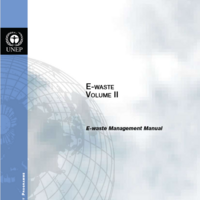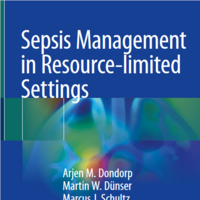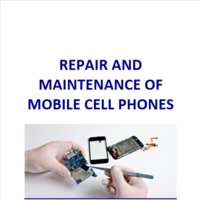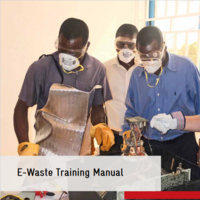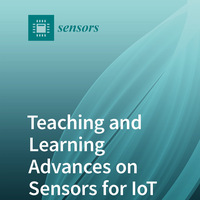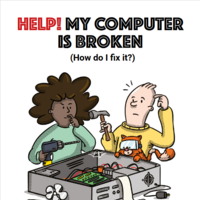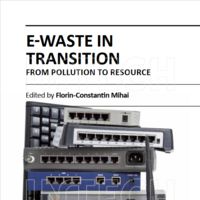Search
Books+
Searching 1,730 books
Search related to the career Biomedical Equipment Technician
Challenges in Troubleshooting Medical Equipment
1. Complex Technology: Medical equipment often incorporates advanced technology and complex systems. Troubleshooting such equipment requires a deep understanding of its intricate components and their interdependencies.
2. Limited Access to Technical Information: Obtaining detailed technical information about medical equipment can be challenging. Manufacturers may restrict access to service manuals or proprietary information, making it difficult for technicians to troubleshoot effectively.
3. Diverse Equipment Types: The medical field encompasses a wide range of equipment, each with its unique design and functionality. Troubleshooting different types of equipment requires technicians to possess diverse knowledge and expertise.
4. Interdisciplinary Nature: Medical equipment troubleshooting often requires collaboration between various professionals, such as biomedical engineers, technicians, and healthcare providers. Coordinating efforts and communication among these interdisciplinary teams can be a challenge.
5. Time Sensitivity: Medical equipment is critical for patient care, and any downtime can have serious consequences. Troubleshooting must be performed promptly and efficiently to minimize disruptions in healthcare delivery.
6. Safety Concerns: Troubleshooting medical equipment involves working with potentially hazardous substances, electrical systems, and radiation-emitting devices. Technicians must adhere to strict safety protocols to protect themselves and others.
7. Evolving Technology: Medical equipment is constantly evolving, with new models and features being introduced regularly. Technicians must stay updated with the latest advancements and undergo continuous training to troubleshoot modern equipment effectively.
8. Costly Repairs: Repairing medical equipment can be expensive, especially when it involves replacing specialized components or obtaining manufacturer-specific parts. Troubleshooting aims to identify the root cause of the issue to minimize unnecessary costs.
9. Regulatory Compliance: Medical equipment troubleshooting must adhere to strict regulatory standards and guidelines. Technicians need to ensure that their troubleshooting processes align with regulatory requirements to maintain patient safety and legal compliance.
10. Remote Troubleshooting: In some cases, medical equipment troubleshooting needs to be performed remotely, especially in situations where on-site support is not readily available. Remote troubleshooting presents additional challenges due to limited access to physical equipment and potential communication barriers.
11. User Error vs. Equipment Malfunction: Distinguishing between user errors and actual equipment malfunctions can be challenging. Technicians must carefully investigate reported issues to determine the root cause accurately.
12. Documentation and Record-Keeping: Maintaining accurate documentation of troubleshooting processes, repairs, and equipment history is crucial. This helps in tracking recurring issues, identifying patterns, and ensuring proper maintenance of medical equipment.
13. Multimodal Equipment Integration: Many healthcare facilities use multiple interconnected devices and systems. Troubleshooting medical equipment may involve identifying compatibility issues, software conflicts, or communication failures between different devices.
14. Environmental Factors: Medical equipment can be sensitive to environmental conditions such as temperature, humidity, and electromagnetic interference. Troubleshooting may involve assessing and mitigating these factors to ensure optimal equipment performance.
15. Limited Resources: Some healthcare facilities, especially in resource-constrained settings, may lack adequate resources, tools, or trained personnel for troubleshooting medical equipment. This can further complicate the process and delay repairs.
16. Ethical Considerations: Troubleshooting medical equipment requires technicians to handle sensitive patient data and maintain patient confidentiality. Respecting ethical guidelines and privacy regulations is essential throughout the troubleshooting process.
Source: Various AI tools



